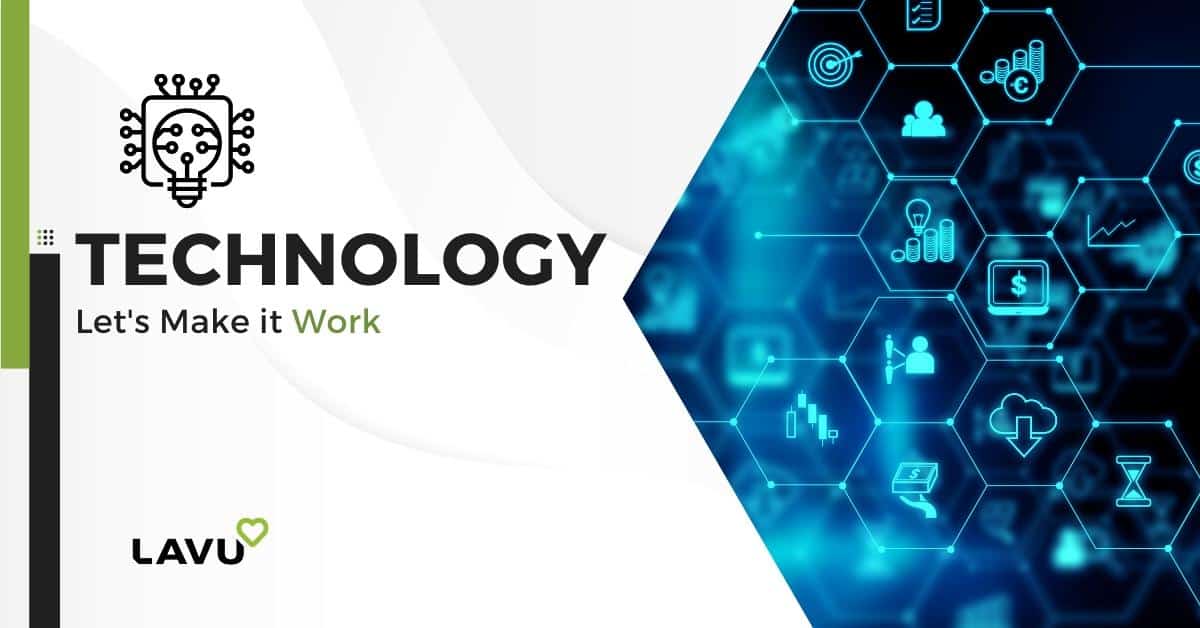
There are a lot of technical terms and acronyms used in the restaurant industry and it’s hard to remember what they all mean. Particularly when it comes to restaurant management which requires knowledge of both front of house and back of house needs. The terms listed below will help you when you’re researching things you need to run your restaurant.
What is a POS?
POS stands for point of sale. Restaurants normally utilize a POS framework to finish a business exchange. In its most fundamental definition, a POS framework is a mix of POS equipment and POS programming to make a POS machine for preparing an exchange and installment.
Cash registers are not as developed as a POS framework and lack a significant number of the capacities and highlights of a cutting edge system.
What is an automated scheduler?
Automated schedulers calculate hours for all shifts needed and schedule restaurant staff based on their availability as it is keyed into the system.
Automatic scheduling can be used for planning ahead, for keeping track of when staff is available, for shift swapping, and more. You can input maximum hours to ensure staff doesn’t work overtime, you can make it rank dependant so that senior staff get priority shifts, and depending on the software, you can do some labor reporting.
Digital inventory tracking
Systems of reporting that keep track of inventory as it is used. Digital inventory tracking can help with reordering automatically and reduce waste in the workplace. With an integrated POS system, you can keep track of inventory after each sale and keep an eye on every part of your inventory.
Digitally integrated inventory systems also allow for automatic reordering. With this, you will never run out of your special items again and can save money by not overordering on items that are not selling quickly.
Digital Table
Digital tables are tables reserved through apps. Customers are able to reserve tables, order meals, and show up to the restaurant at mealtime to skip the line and not wait in the kitchen.
Set up a digital menu online through an integrated app and serve customers faster while increasing sales and decreasing wait times.
Outsourced Delivery Services
Nowadays every restaurant can have their food delivered thanks to third-party businesses like GrubHub and DoorDash. Your business really needs to be up to date on the latest in online ordering and delivery. But outsourced delivery services are not the only way to provide deliver, through Lavu-to-go, your customers can order online and schedule pickup or delivery, which can save you big money on third-party fees as long as you’ve got drivers to get the food out fast.
Tablet
Gone are the days of handwritten food orders. A mobile tablet is the new way of taking orders and processing payments.
Through tablet ordering, reduce the amount of error by sending a digital or printed ticket directly to the kitchen when an order is placed. You can choose to have a customer place the order on a tablet themselves or have a server place their order for them. You can use the same device to accept credit card or contactless payments.
Automated Social Media and Content
Many consumers find your business through social media and want to see an active page with useful information. Through the use of automated social media posting, and RSS feeds for relevant information on your website, you can build a stronger social media presence for inbound marketing.
- Facebook – Facebook has an integrated scheduled post publisher for business pages that allows you to schedule posts up to 6 months in advance, allowing you to plan marketing in advance for any events.
- Instagram – Check out HootSuite or MeetEdgar for Instagram scheduled posts and spend less time creating content, and more time growing your business.
- Pinterest – Tailwind will help you grow your Pinterest following, and you can schedule an unlimited amount of posts with their paid function.
What’s new in kitchen technology?
Restaurant kitchen technology is rapidly expanding to meet the needs of safety and training. These new technologies are designed to help your restaurant remain profitable and increase safety. Know these terms to provide the best experience for your guests, and create a more efficient environment.
Bluetooth Temperature Sensors
Bluetooth temperature sensors guarantee a restaurant’s storage facilities are always at the right temperature for quality and safety purposes. Handheld devices can quickly and accurately read a temp.
Virtual Reality Onboarding
VR Onboarding takes Human Resources to the next level and simplifies your hiring process. Through Virtual Reality Onboarding, you can spend less time training and more time running your business. Things VR Onboarding can handle include:
- Simulated training modules for employees
- Watching other employees in action
- Testing of skills for employees
ISP
ISP stands for Internet Service Provider, a company that provides customers—both individuals and businesses—with the Internet. ISPs deliver equipment that is required to access the Internet through their point-of-presence, and the large ISPs typically have their own high-speed lines for customers. This gives them greater autonomy from telecommunication providers, allowing ISPs to offer a better service to paying clientele. It’s often the case that an ISP offers website building and virtual hosting on their service.
Tech is always changing and updating. Keep an eye on the Lavu blog to stay up to date!

